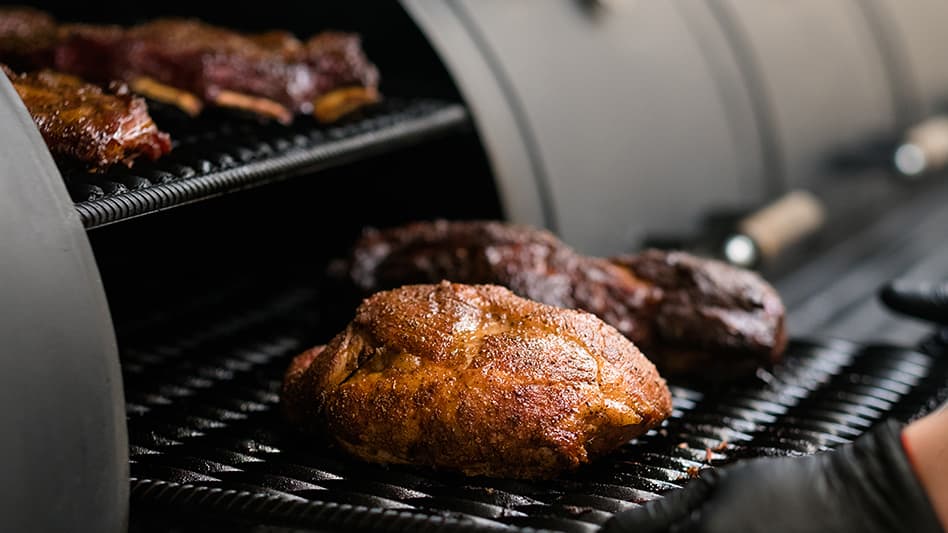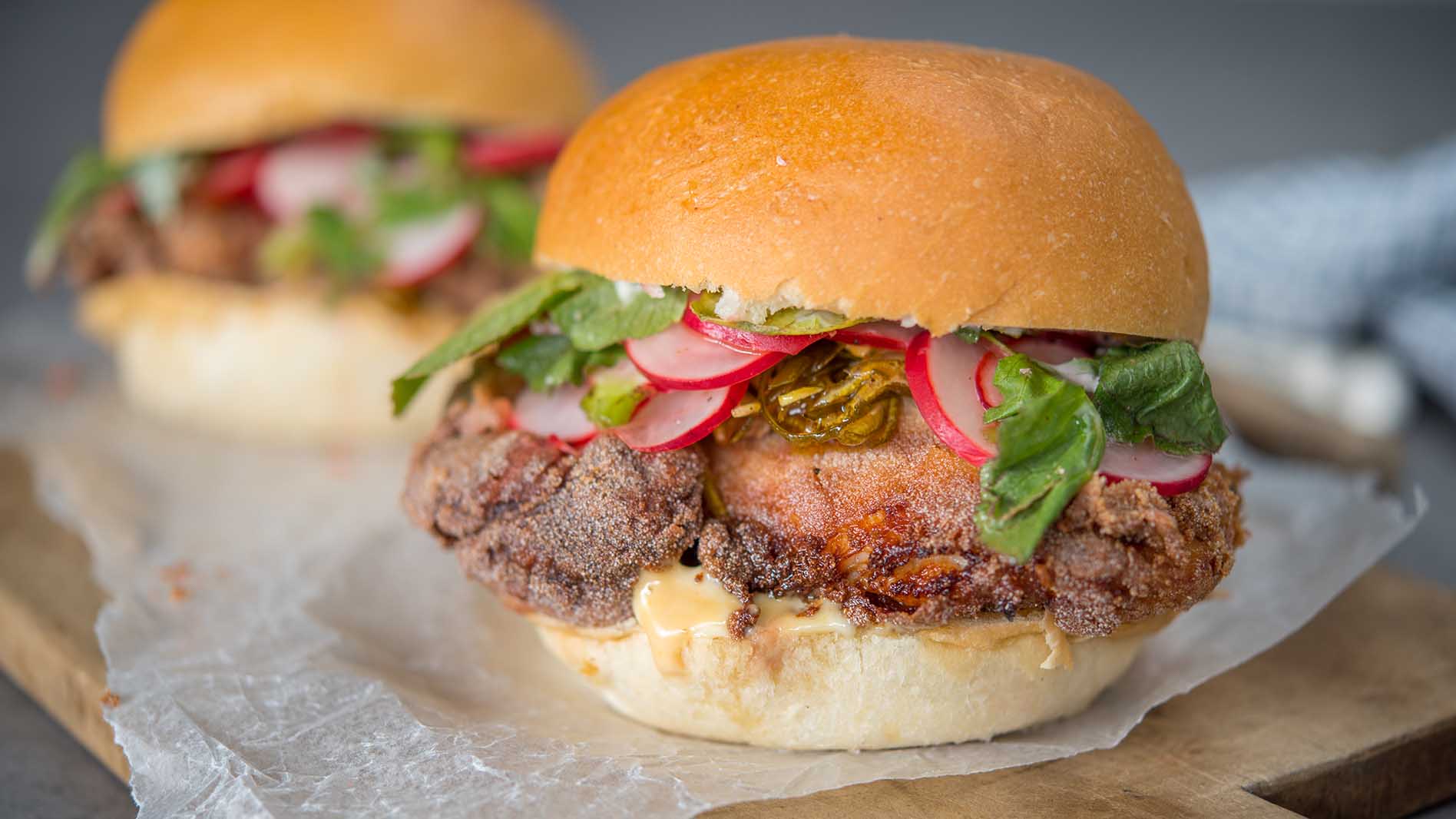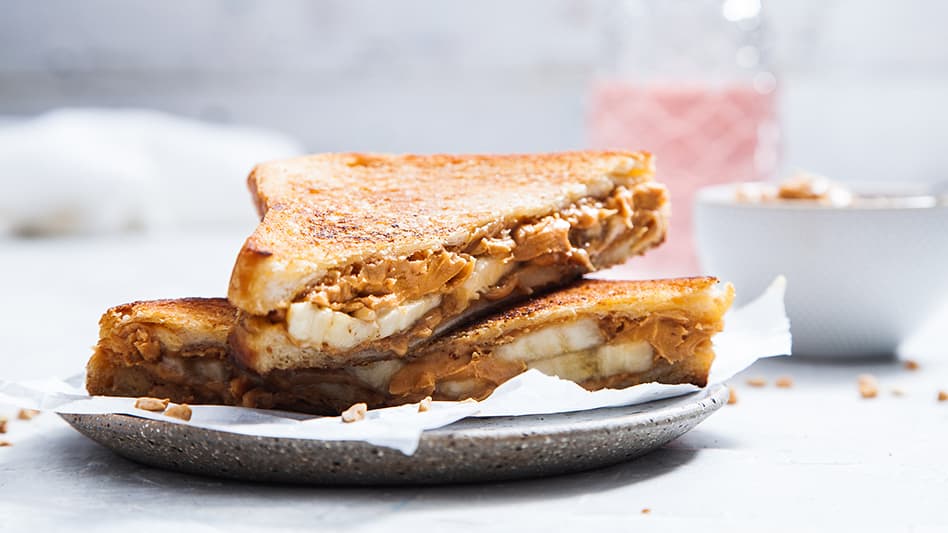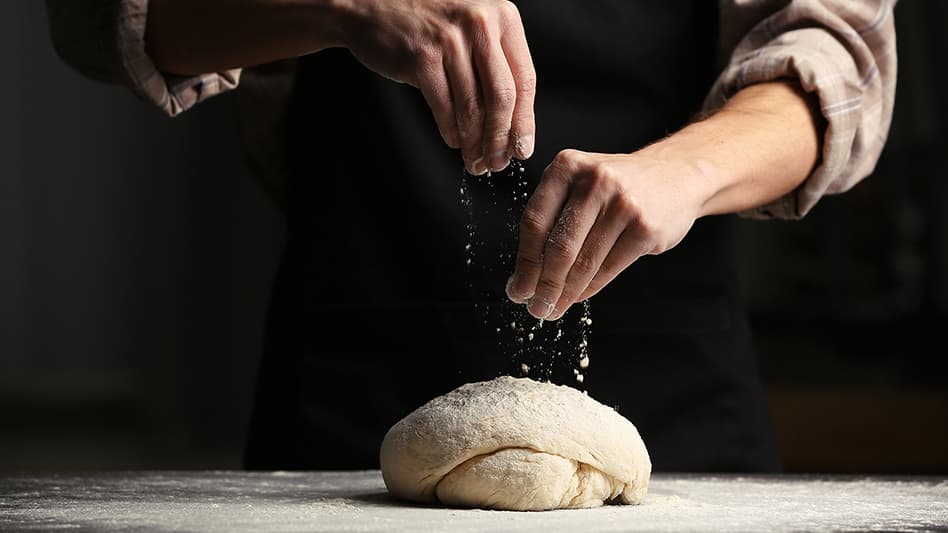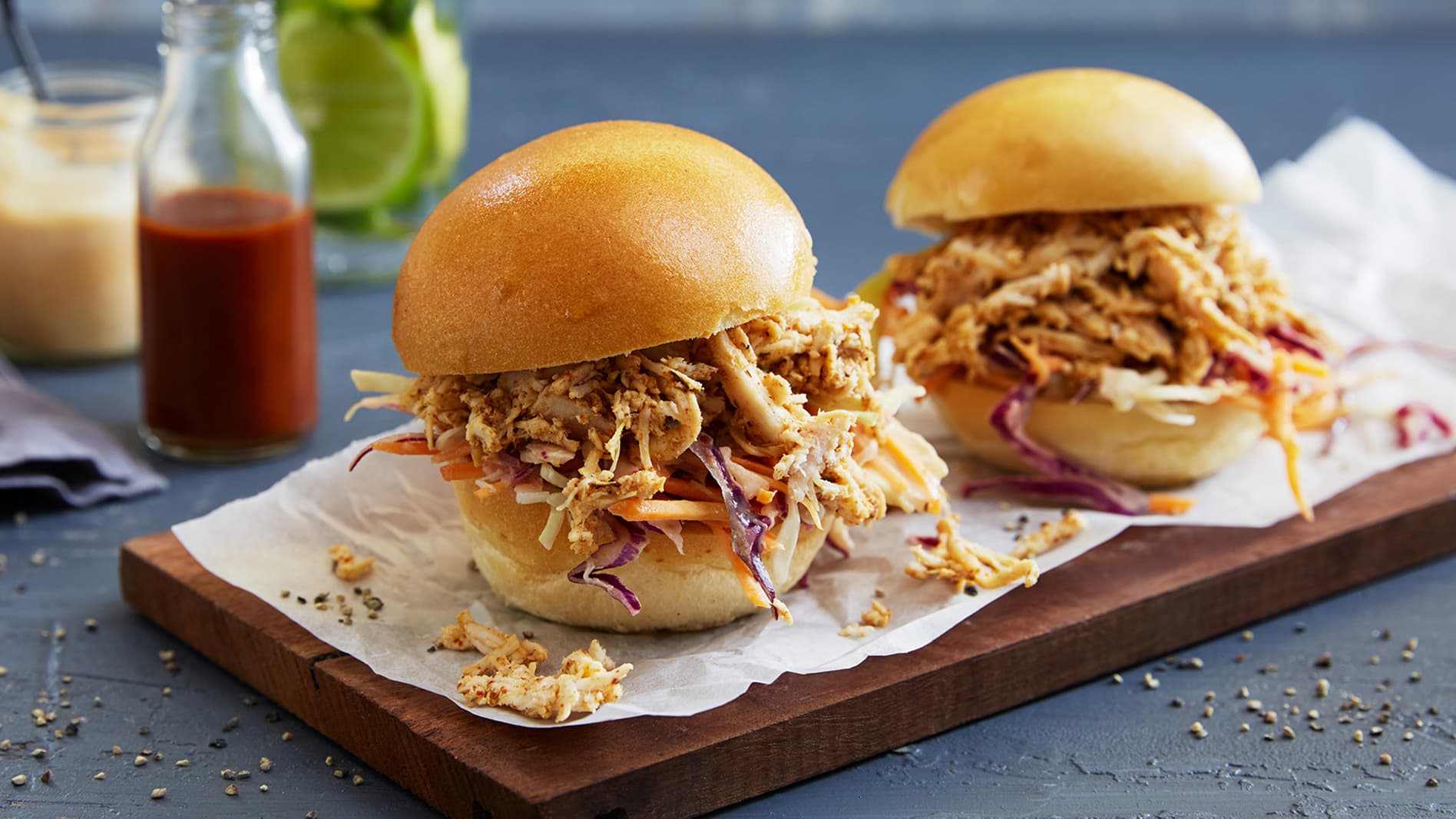Be inspired with recipes created by chefs.
Sign up for updates about products, special offers, news and promotional materials from Goodman Fielder.

Summary
The cooking method of smoking foods goes back millions of years. These days, customers can’t seem to get enough of smoke infused foods. To keep up with the current booming food trend, dedicated smokehouses are beginning to open across the country. So, how much do you know about the food smoking trend?
What is smoking?
The universal craving for smoked meats has increased rapidly over the last couple of years. These days, smoked meats, vegetables and condiments are popping up on menus, while speciality smoking venues are building a presence across the Australian hospitality industry. Smoking is the process of flavouring, browning and cooking foods by exposing them to smoke created by the burning of wood. The trending concept adds flavour to meat, fish and poultry and brings out the rich flavour content held within them. From smoking proteins for long hours to smoking elements that make up a dish, such as lemon, for shorter periods of time – the ways in which smoke can be used within cooking has become more diverse than ever before. And while the concept is usually linked with the outdoors, smoking has become accessible for all venues and kitchens, both indoor and out. These days there are many indoor meat smokers on the market that are specially designed for restaurants and cafes who want to bring the technique to life with their menus.
Types of smoking?
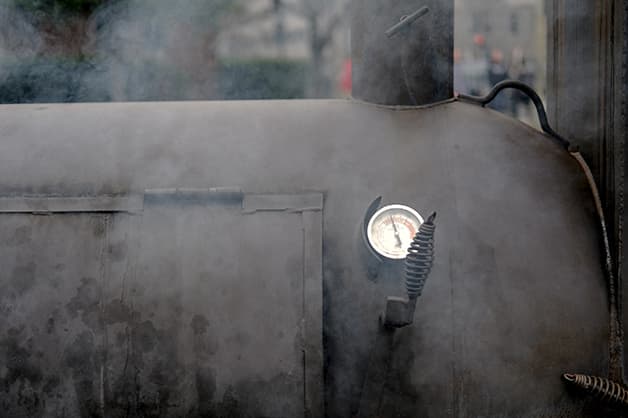
When it comes to smoking, there are two ways to complete the cooking technique – dry and wet smoking. Dry smoking involves indirect cooking with the use of a low, smouldering wood fire that slowly cooks the product while infusing it with a smoky flavour. During the dry smoking process, the air temperature is increased and carefully controlled to ensure the piece of protein is cooked evenly and perfectly.
Then there is wet smoking, which is the most common form of smoking. This style uses a pan of water that is stored within the smoker, which helps to maintain moisture to ensure tenderness of the produce. The water aspect also adds humidity that helps the smoke stick to the food to create a more intense flavour offering. While it is the most popular method of smoking, wet smoking is not suitable for produce that don’t require a long cooking time of over 30 minutes.
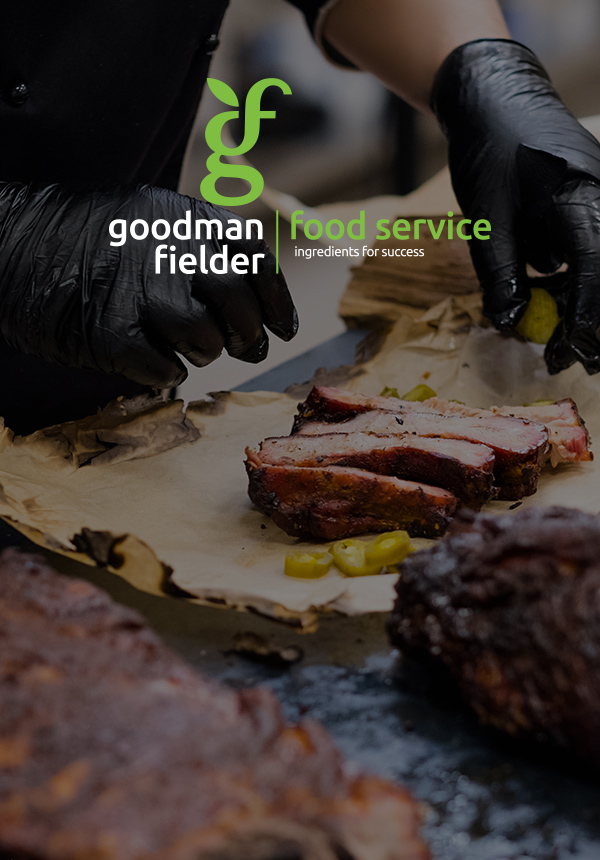
From smoking times and temperatures, everything you need to perfect your smoked meats.
Everything you need to know is now in one place!
Different smoking woods on the market:
There are a variety of different woods available on the market for smoking foods. Each type of wood has its own unique characteristics. Many of them are suitable for certain types of protein, offload different flavours and require different cooking times and methods. That’s why choosing the right wood for smoking is important.
Mesquite:
What is it: Mesquite burns hot and fast and releases a large quantity of smoke.
Flavour: A strong and earthy flavour but it can sometimes leave a bitter taste to foods.
Suitable for: Beef and pork products.
Hickory:
What is it: Hickory burns at a hot heat to produce a strong smoke presence during the process.
Flavour: Creates a sweet, strong bacon-flavour.
Suitable for: Beef, pork, poultry and cheese products.
Maple:
What is it: Maple wood burns hot and quickly.
Flavour: A mild but sweet flavouring.
Suitable for: Pork, poultry, seafood, vegetables and cheese products.
Oak:
What is it: Red oak and white oak are two types used for cooking. White burns for longer and is best suited for dishes that require a long cooking time. Red oak burns faster and is better suited for foods that cook quickly.
Flavour: A smoky flavouring, which sits between mesquite and hickory woods.
Suitable for: Beef, pork, poultry, seafood and lamb products.
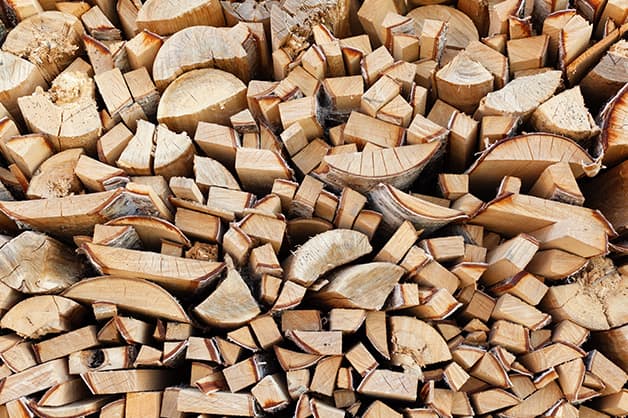
Pecan:
What is it: Pecan wood burns evenly and at a high temperature. It’s ideal for shorter cook times.
Flavour: Delivers a stronger, smoky flavour compared to other fruit woods but milder than hickory and mesquite.
Suitable for: Beef, pork and poultry products.
Walnut:
What is it: Walnut wood is a fast and hot burner that is often used as a mixing wood due of its strong, punchy flavouring.
Flavour: Strong but slightly bitter.
Suitable for: Beef and pork products.
Apple:
What is it: Apple is one of the classic smoking woods as it burns hot and works well with many meats and vegetables.
Flavour: A smoky flavour with a bit of sweet, fruity taste.
Suitable for: Pork, poultry, seafood, lamb and vegetable products.
Cherry:
What is it: Cherry wood burns fairly hot and releases a decent amount of smoke. It also tends to darken the produce during the cooking process.
Flavour: A sweet, mild fruity flavour with a slight smoky taste.
Suitable for: Beef, pork, poultry and lamb products.
Chips vs chunks – what’s better?
Narrowing down which type of wood to use for smoking is the first step when it comes to preparing for the tasty journey. Next is – do you use chips or chunks? Well basically, it all comes down to timings. Wood chunks burn slower than chips, making them perfect for recipes that require a smoking time of 30 minutes or more. Whereas, due to the chips ability to burn faster, they work well for dishes with a shorter smoke time. Before using chips for smoking, they need to be properly prepared. Wood chips are require to be soaked in water for 30 minutes before use, as this ensure they smoke instead of igniting and burning during the process. If using bigger pieces like chunks, they can be left dried when used.
Bringing it all together with the smoking cheat sheet:
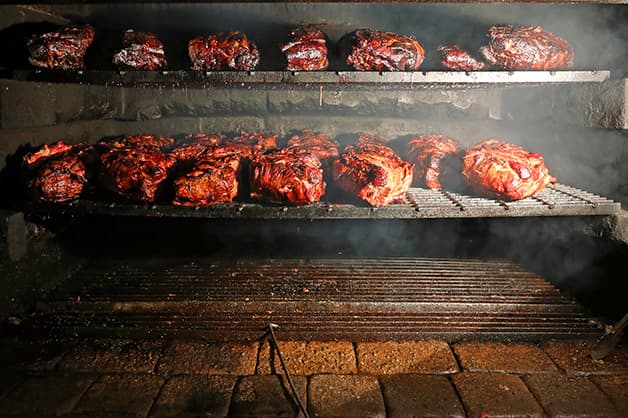
At the end of the day, nearly all foods can be smoked but ensuring you are using the right equipment and most importantly temperature is crucial to the overall result. Smoking involves a lot of trial and error, as different cuts of meats and vegetables use different temperatures and require individual cooking times.
When it comes to smoking, a common mistake regularly made is exposing fresh produce to high temperatures – this turns the meat dry and tough. Getting the right temperature can take a couple of attempts. It is also dependent on the type of smoker you have. Before placing your fresh meat within the smoker, bring it to room temperature. By doing this it ensures it evenly cooks and reaches the right internal temperature during the cooking process.
A basic rule of thumb is that the length of cooking time is determined by the heat of the grill, the type of meat and the size of the cut. Many chefs follow the 3-2-1 process when it comes to smoking goods. This means, the meat smokes for three hours, then its covered with foil for the next two and uncover for the last hour. This procedure allows the smoke flavour to infuse the meat.
Creating a tasty bark is also an essential part of the smoking experience, for both chefs and customers. Bark is the crust that forms on the outside of the meat after it has been exposed to heat and oxygen during the smoking process. While in the smoker, the bark will become a dark, liquorice colour and develop a form of crunch. Though to create great tasting bark, you need to ensure you remove all excess fat from the piece of meat prior to smoking. Then, sit the protein directly on the grill and complete the smoking methods.
Conclusion:
When it comes to smoking foods, there a number of things to consider. From what style and type of wood to use, the quality and size of the fresh produce, temperatures and timings – they all affect the end result of your finished goods. Take your time and trial a number of equipment, products and techniques until you have reached perfection. It all comes down to time and patience – but trust us, your customer’s will appreciate it!
Want to know about all the products, their cooking times and temperatures? Download your smoking cheat list now:
Related Ideas
18th May 2022
Chicken Karaage Burger with Spicy Mayonnaise
Chef Rory has revealed the steps to his delicious Karaage Chicken Burger recipe in great detail. Perfect as a dine in option or for takeaway, add it to your menu today.
21st January 2022
The Evolution Of The Burger
From takeaway staple to a gourmet delight, here's how burgers have changed over the last 130 years.
19th November 2020
Elvis Presley Sandwich: Banana And Peanut Butter Toastie
The Banana and Peanut Butter toastie, also sometimes referred to as the Elvis, consists of toasted bread slices with peanut butter and sliced or mashed banana.
